How Christie Eclipse technology transformed the Hayden Planetarium and earned a Thea Award
by Judith Rubin
ABOVE: The Christie Eclipse projector
“This is the spec we have all had in our heads for quite some time,” said Benjy Bernhardt, senior director, Electronic Media Engineering and Support at the American Museum of Natural History (AMNH) in New York City. It was November 2019 and the 87-foot diameter, 429-seat digital dome theater of the museum’s Hayden Planetarium was displaying the majesty of space on its new, state-of-the-art, custom fulldome system developed with tech partner Christie. Star of the system: the array of six new Christie Eclipse 4K, true HDR, RGB pure laser projectors. The Christie Eclipse technology has been named for a TEA Thea Award for Innovative Technology.
Ellen Futter, President of AMNH referred to an “eye dazzling manifestation of what is now possible from a technical standpoint…the most sophisticated projection system in the world with unprecedented colors and blackest black.”
“It has the punch and color of true [RGB] laser, with true black and high dynamic range, enabling us to visualize these things as though we were really there,” said AMNH Director of Astrovisualization Carter Emmart.
Live demos are very important to convey what the Christie Eclipse can do, because its color gamut, brightness, contrast and frame rate are beyond the scope of most other display systems. As Larry Paul, Executive Director – Technology and Custom Solutions Enterprise and Entertainment at Christie, and product manager of the Christie Eclipse says, “You can’t see it until you see it.” And thanks to the Hayden installation at AMNH – one of the world’s top 10 museums by attendance – and a series of demos organized by Christie, many people have now seen it.
Paul described it as “a quantum leap for storytellers to create incredible experiences and shows and to transport audiences.”
“‘Video black’ has become true black,” wrote the TEA Thea Awards Committee in its official description of Christie Eclipse. “The Eclipse projector has a previously unimaginable contrast ratio of up to 20,000,000:1, immersing audiences in a degree of detail and depth of color never before possible.”
“The Thea Award is well deserved for this unique projector, which has a lot of applications in the special venue world,” says Bernhardt.
On the cutting edge of digital display and immersive experience
Audiovisual technology is highly competitive in the themed entertainment space, key to a wide array of guest experiences including immersive attractions, museum exhibits, corporate brand centers, dark rides, projection mapping, art installations, parades, live shows, augmented reality, interactives and gamification.
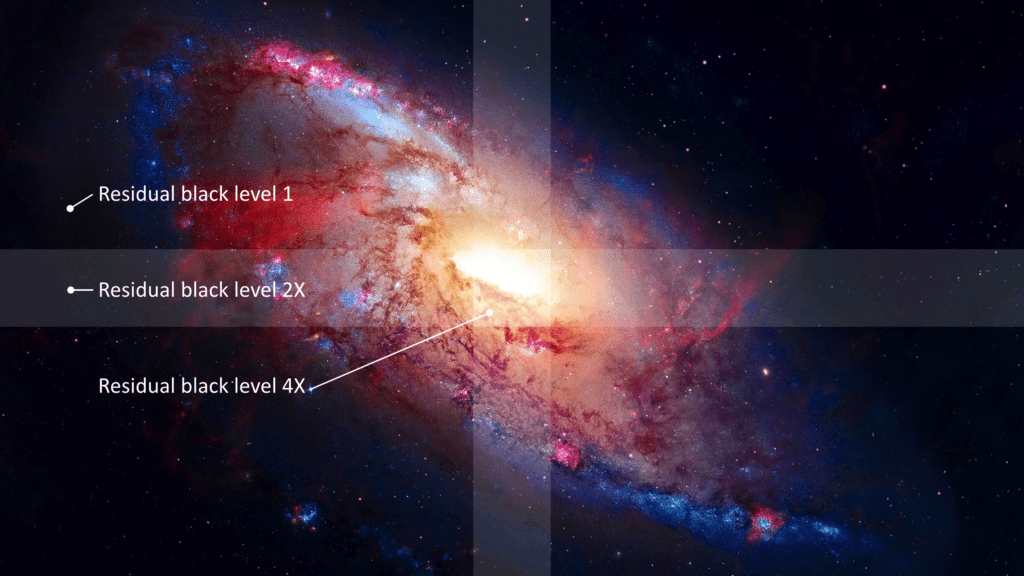
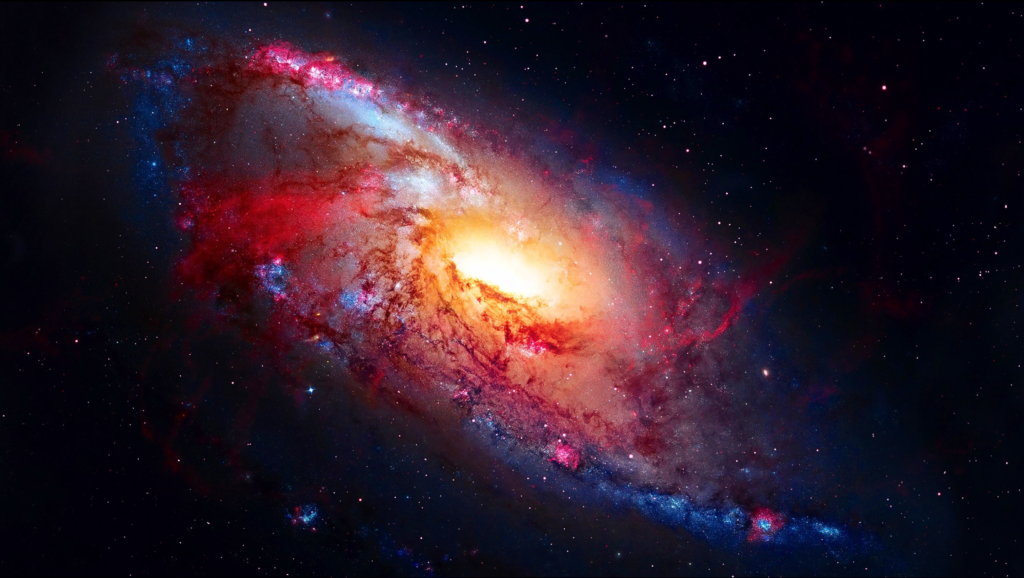
With this new, true HDR RGB laser projection technology, the industry at large has gained a new creative tool and Christie has reinforced its dedication to the themed entertainment vertical.
Over the past 15 years or so, planetarium theaters have become a laboratory for immersive, media-based guest experiences as around the world most have upgraded to sophisticated, digital dome projection (fulldome) systems. Depending on size and complexity, these systems may use a single projector or as many as 20 units to fill their dome screens with imagery. They require sophisticated controls and specialized content. Fulldome display technology and content production have continued to evolve and improve and catalyzed a convergence between planetariums, giant screen cinema and themed entertainment.
The converging forces, multiple industry influences and close collaboration that produced the Christie Eclipse and the Hayden installation include Benjy Bernhardt and Larry Paul’s own diverse backgrounds and experience on pioneering projects. Bernhardt has been with AMNH since 1998, which is also when the industry began to see the first permanent fulldome installations. He brought his background in music, immersive and interactive media production and sound editing and programming as well as experience working on Douglas Trumbull’s Luxor Pyramid trilogy (Las Vegas), a simulation adventure from the 1990s that utilized multiple special projection formats and theaters.
Paul is a specialist in “enabling technologies” including simulation and visualization for government defense and industrial clients as well as mainstream cinema (with Christie, two recent, high- profile projects with filmmaker Ang Lee, pushing the limits of the medium). His themed entertainment experience dates back to the 1980s and includes eight years with the late Peter Chernack’s company Metavision and its Spacequest Casino project, a 1997 TEA Thea Award recipient. “All these technologies and tools are cool, but they don’t become meaningful until we enable people to do things with them, to create experiences and impressions that last a lifetime,” he says. “That is my focus, my part of the equation that helps drive what we do at Christie.”
Unpacking the technology
Christie’s literature lists these as key features of the Christie Eclipse: True HDR projector, color gamut approaching the full Rec. 2020 / Rec. 2100 color space, true black without any residual light, high frame rate performance in 2D and 3D up to 120 fps (frames per second), and RGB pure laser illumination.
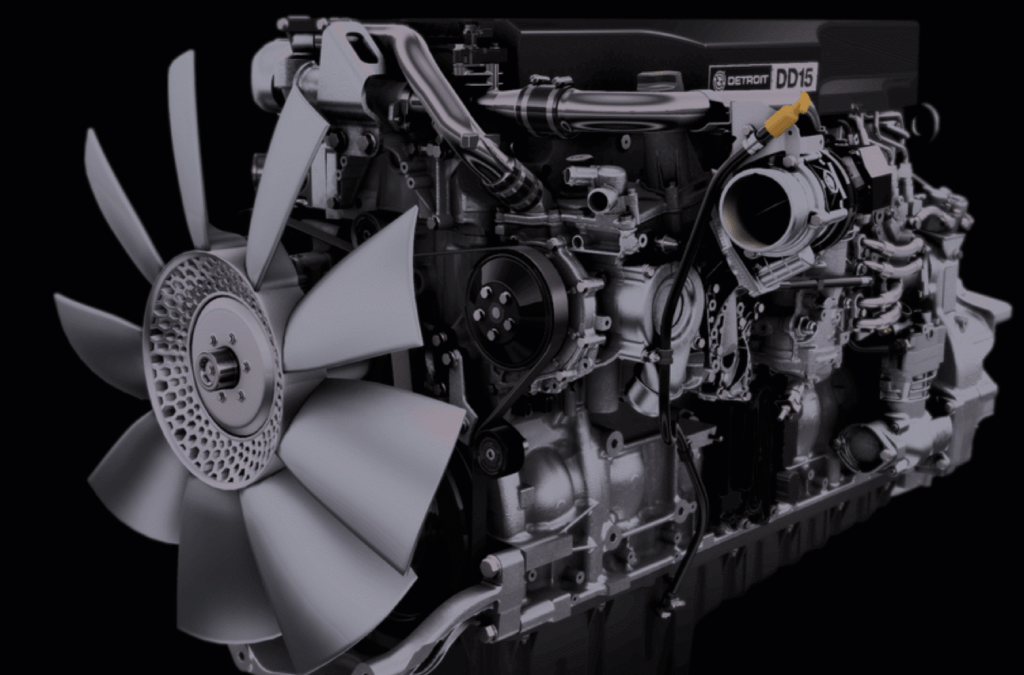
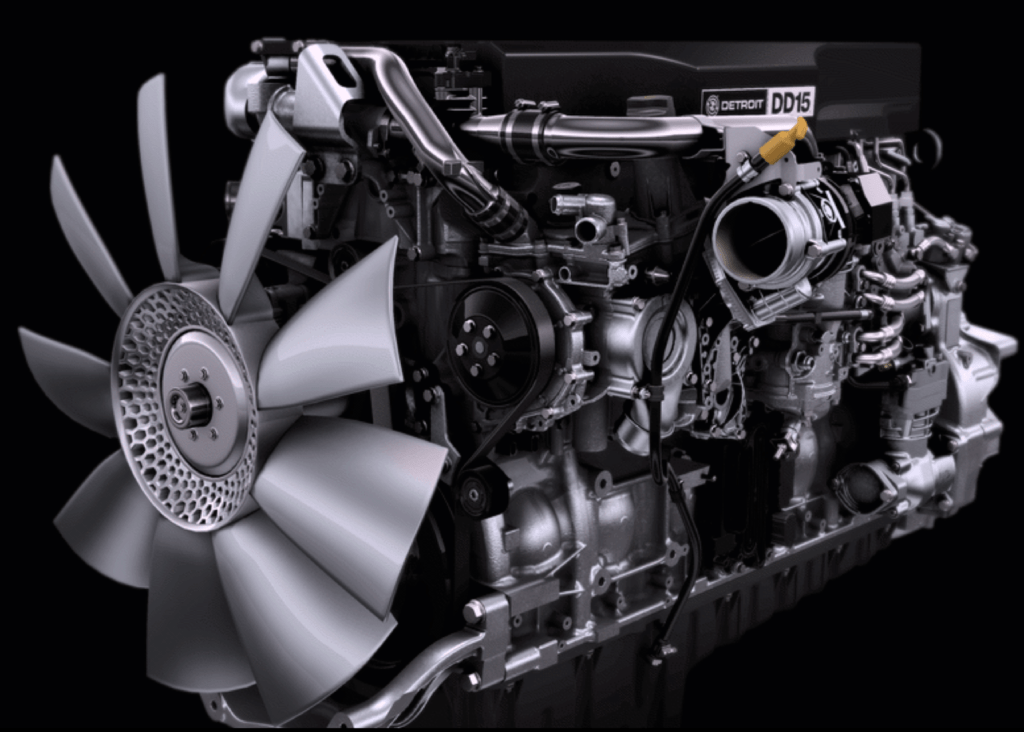
High Dynamic Range projection, true blacks and expanded color gamut are interrelated. An HDR video signal provides a wider range of brightness and color information, eliminating many limitations commonly associated with video projection. There is simply more data contained in the signal, enabling very bright objects and very dark objects to coexist on the same screen, in a fully light-controlled environment, with nothing lost to image processing.
“Video black” has for some years been a necessary evil, a limitation tolerated for the sake of other benefits, now done away by the HDR capability of the Christie Eclipse. The need for optical edge blending is also gone.
“When you have perfect black, you don’t need any optical edge blending; just make sure things don’t brighten up where the edges meet,” says Bernhardt. High-contrast projection lends greater visual range to any content and is of course highly prized in planetarium shows for vivid depictions of space and the night sky. “With the Christie Eclipse we have the brightest brights we could ever want, all the colors we could ever want, we have the blacks, and there’s no edge blend problem. You don’t have this sort-of-gray to kick you out of the experience. It’s all part of the HDR super high contrast. People are blown away,” Bernhardt testifies.
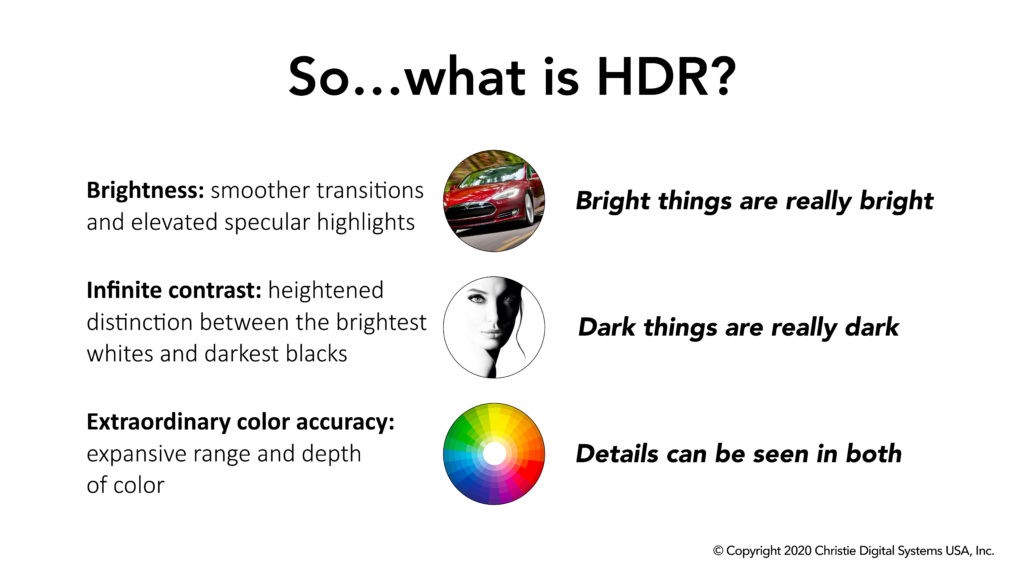
In 2018, Christie rolled out two RGB pure laser projectors, the D4K40-RGB and the Mirage SST, both supporting the expansive Rec. 2020 color palette, already a huge leap beyond the previous high point of Rec. 709 (HDTV is Rec. 709, as are most planetarium display systems; the DCI standard is P3). The Christie Eclipse takes the capability even further, with the ability to work in any color space from P3 on up to near Rec. 2100 – a producer’s dream in visual richness and range and precise color match for branding and IP. When the production team at the Hayden was developing new content in 2019, it was their first time working with the Rec. 2020- 2100 color space instead of Rec. 709.“They realized that they could see things on the dome that they couldn’t see on the monitor,” said Bernhardt. “All the final mastering was done in the theater.”
The term “RGB pure laser” refers to the use of individual red, green and blue lasers to generate light. RGB laser is a solid-state technology that employs individual red, green and blue laser diodes as its light source. RGB laser light color is scalable, supporting increasing levels of brightness and the expanded color palette, and does not degrade as the projector ages.
The Christie Eclipse has frame rate capability up to 120 fps, a welcome benefit for projects involving animation, gaming engines, data visualization and/or special effects. “Just the
difference going from 30- to 60 fps allowed us to lower motion blur, important in scenes where objects are moving quickly,” said Bernhardt. “You’re seeing every frame. Moving through stars feels a lot more natural than it did in the past, allowing the audience to really feel like they’re out there.”
The collaboration
It began in earnest in 2014, with a visit by Bernhardt and Jeffrey Gallitzer, Assistant Dir. Rose Center Engineering, AMNH, to Christie headquarters in Kitchener, Ontario, to see an early prototype. “The prototype did not have all the features yet, but it showed we could do video black as true black,” said Paul.
It was clear that the process would take time. “We knew that there was a multi-year roadmap,” said Bernhardt.
Meanwhile, Hayden needed a new system within 12 months. Christie installed a custom interim system in 2015, configured so that it could be upgraded with relative ease when the new projectors were ready. “It included RGB laser, fiber, lenses – everything but the final projector heads,” says Paul. “In February 2019, we removed the old projectors and mounts, ‘levitated’ the lenses in place, put the new projectors in the same positions, upgraded the software and were up and running as anticipated within a few weeks.”
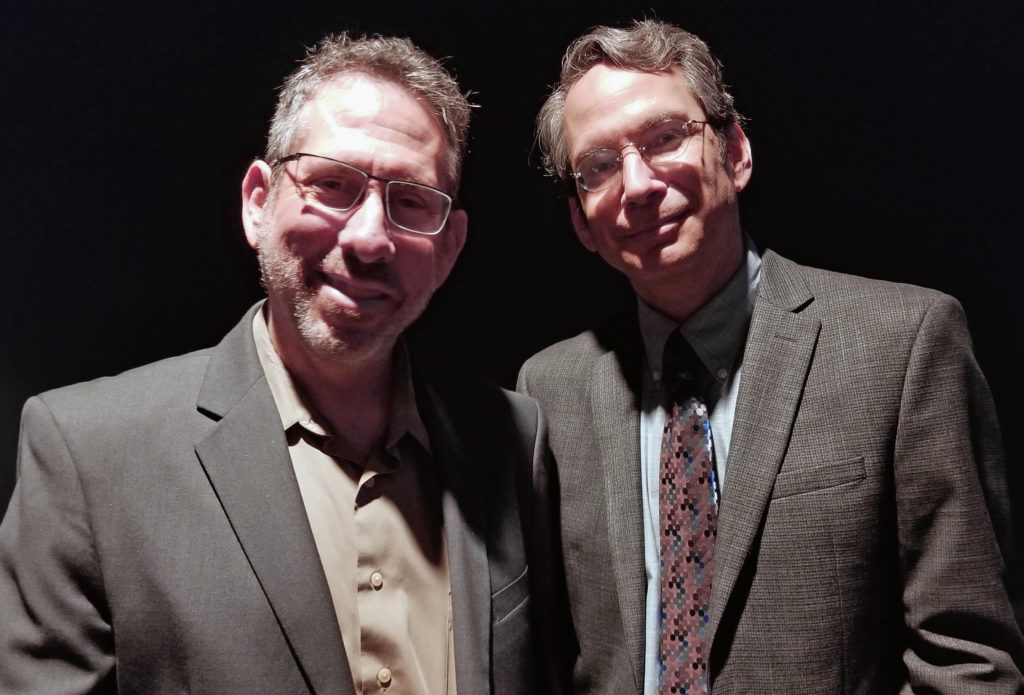
Bernhardt observed, “We had talked to all major projector manufacturers over the years about a projector that could do what this one does. A couple of them understood the basic engineering needed to achieve it but were not ready to put in the R&D. Christie made that investment and that commitment. It was harder to do than it looked on paper. There were technical hurdles. Those things come up, and they pushed through them.”
“The requirements were lengthy and demanding, and we signed up for them and worked hard to satisfy them,” says Paul. “Where the Hayden goes, the market does follow, in terms of content creation, environment and space and everything else. They know what they are doing, and we had a great working relationship. They stayed on our case to make sure we were getting it all right; we pointed out things to them and they were appreciative.”
Paul continued: “The Christie Eclipse exists because we – the industry – needed better contrast. Everyone is competing for audiences and eyeballs. All of our products targeted for the themed entertainment world are designed to help clients innovate and create, to make compelling, immersive experiences. Having to work within the constraints of technology is never the ideal way to design an attraction; we don’t want technology to be the limiting factor. We enable the community to truly bring people to a place they have never been before.”
The Christie Eclipse technology will be showcased as part of TEA Thea Awards Digital Case Studies, on October 8, 2020 (www.teaconnect.org). For more information about the product and the technology, visit the Image Matters page on the Christie company website at https://www.christiedigital.com/help- center/whitepapers/image-matters/. • • •






